
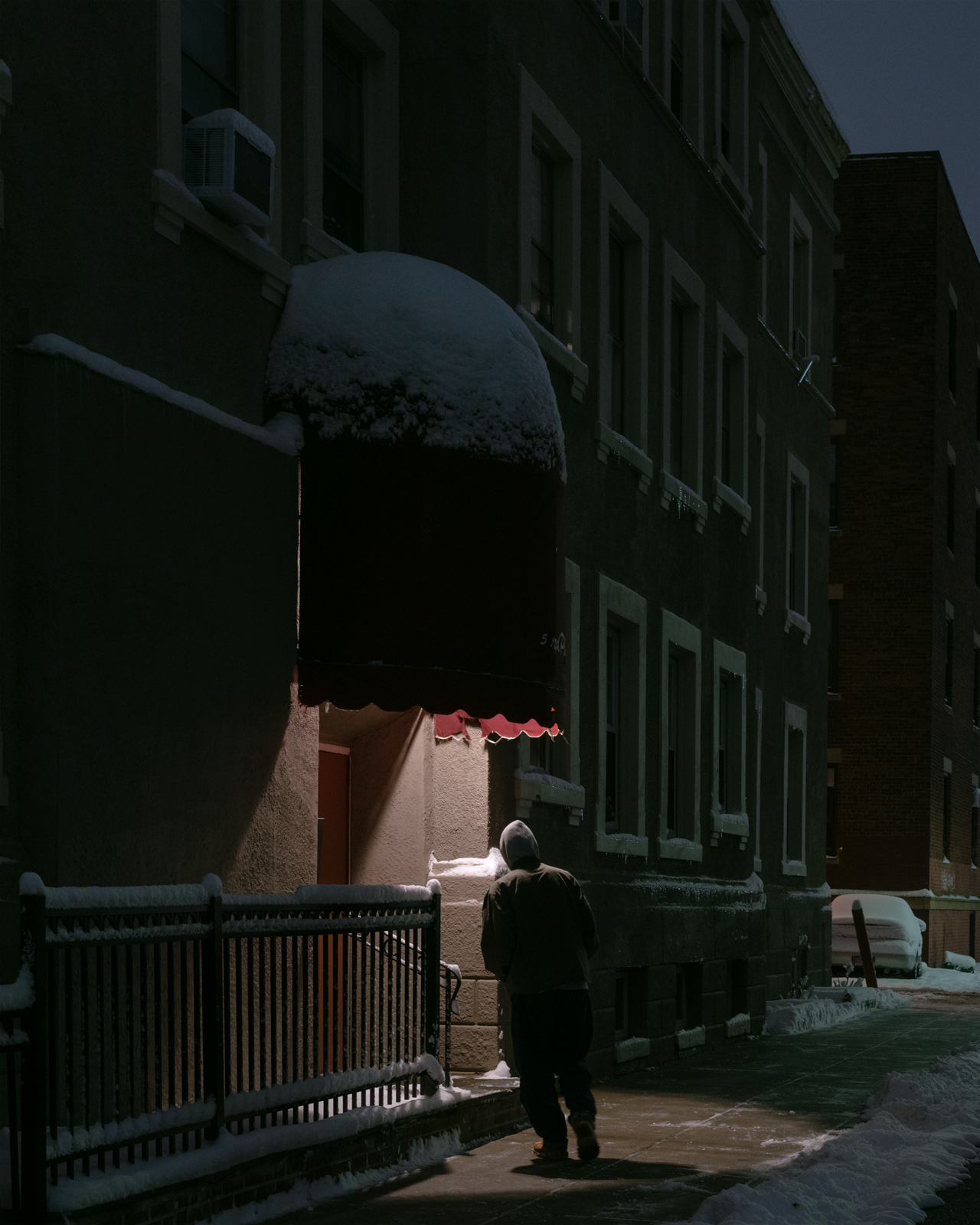
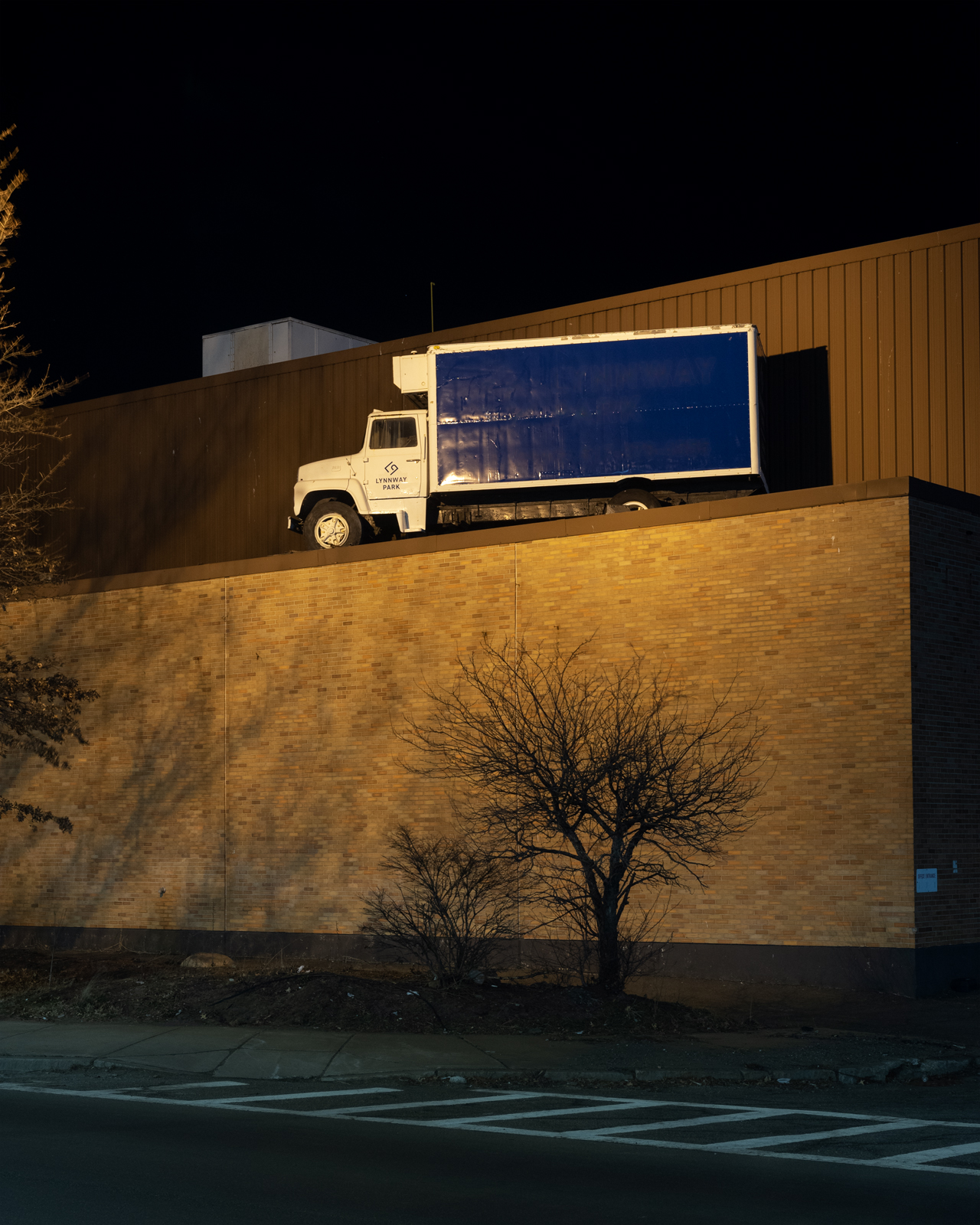
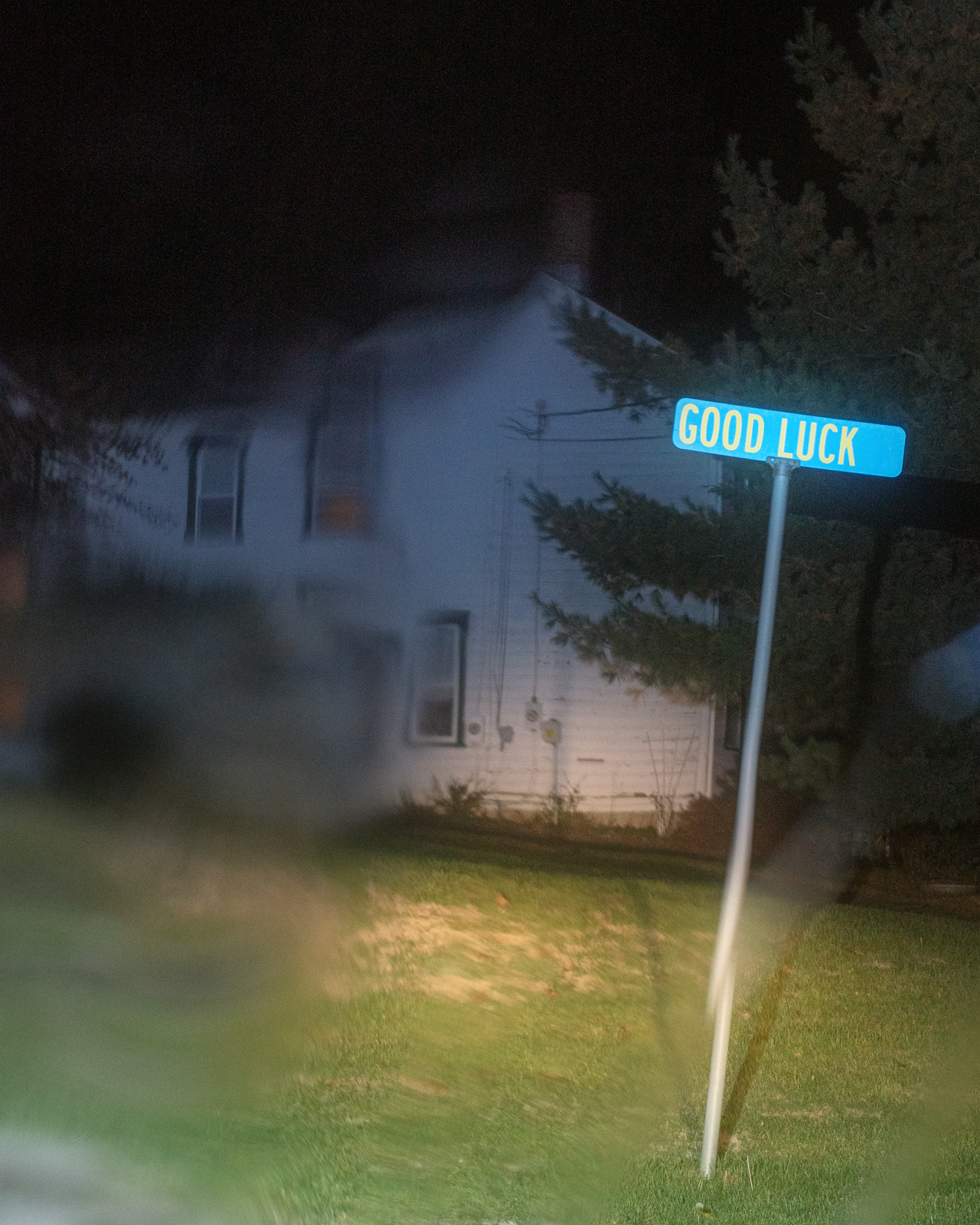
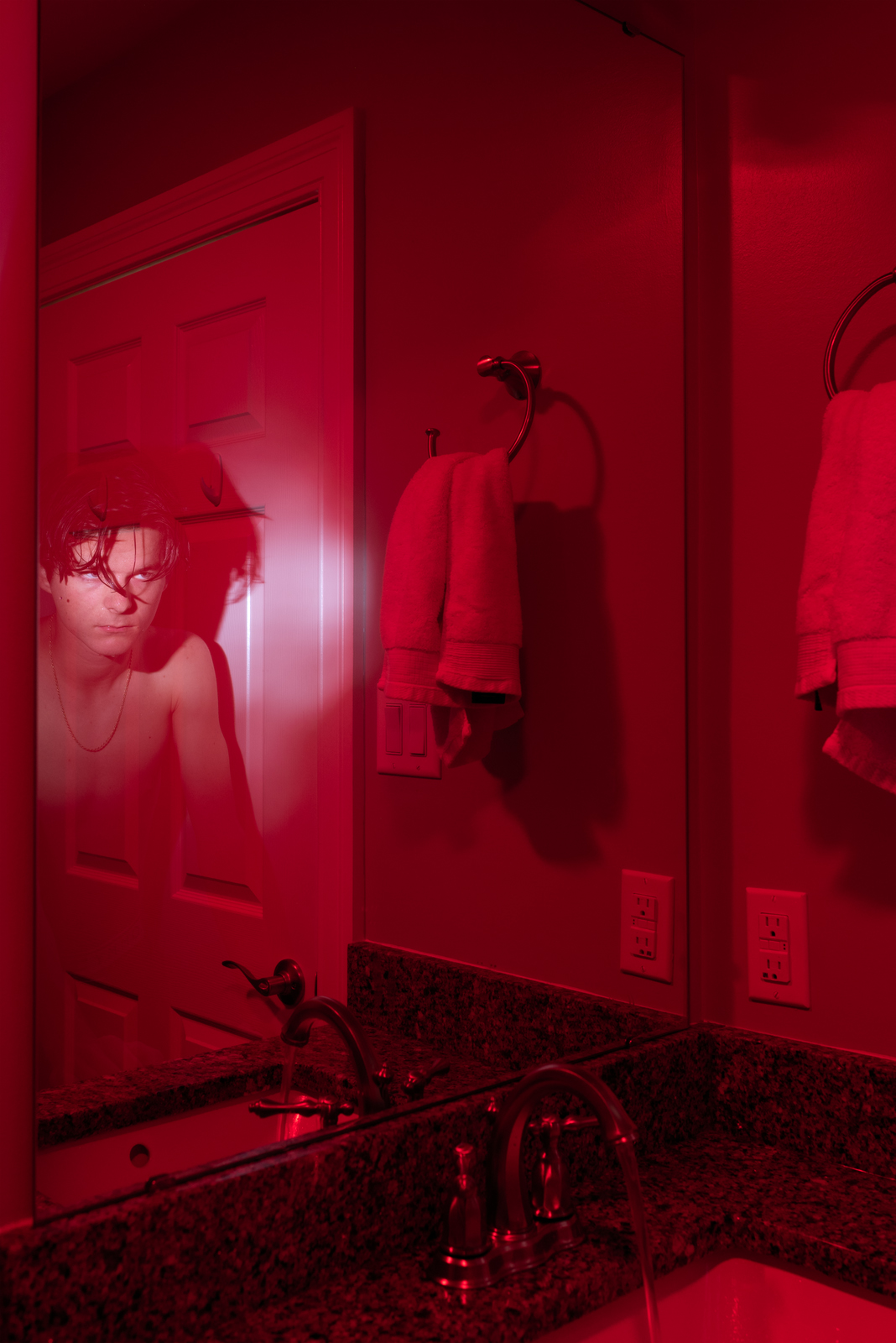
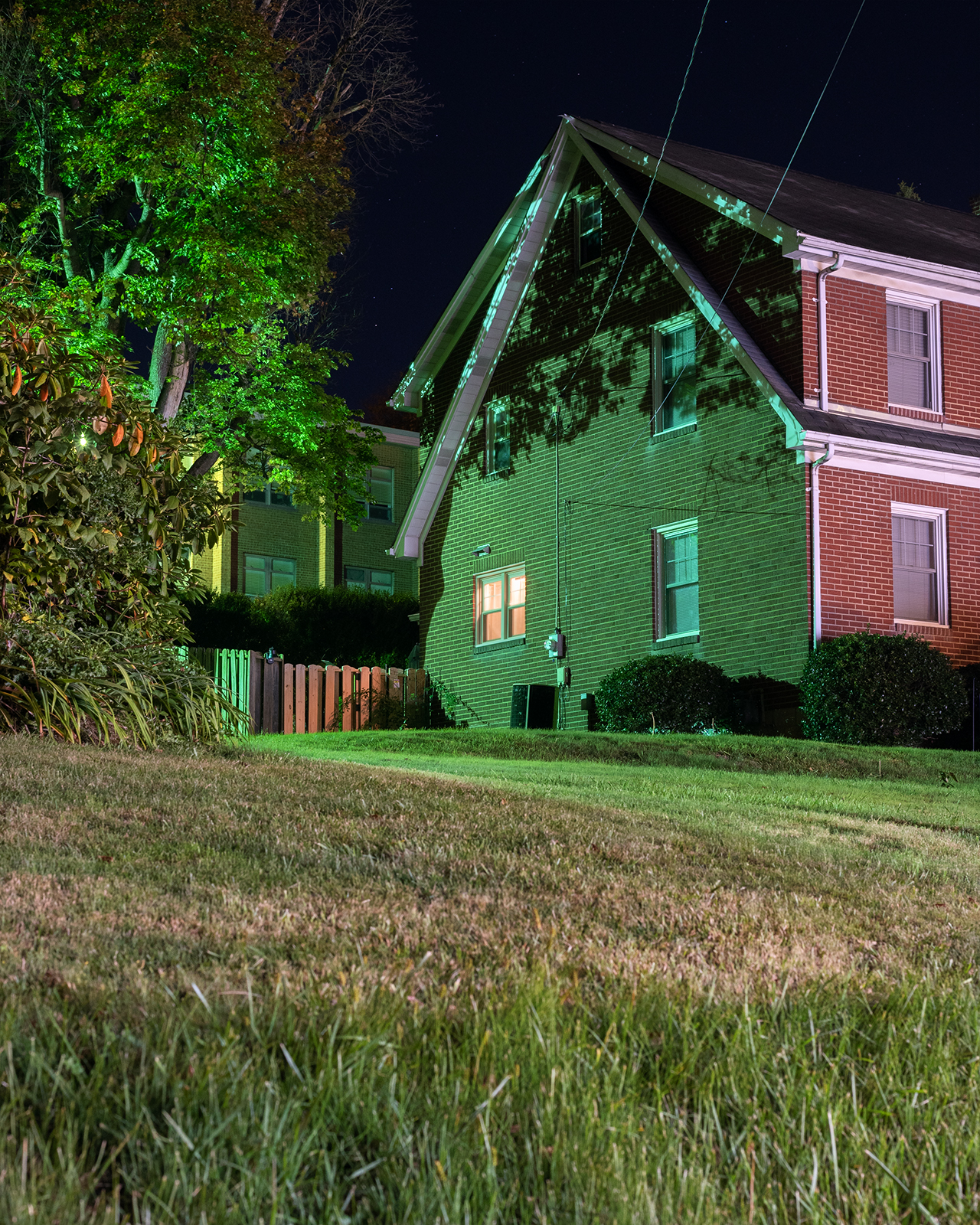
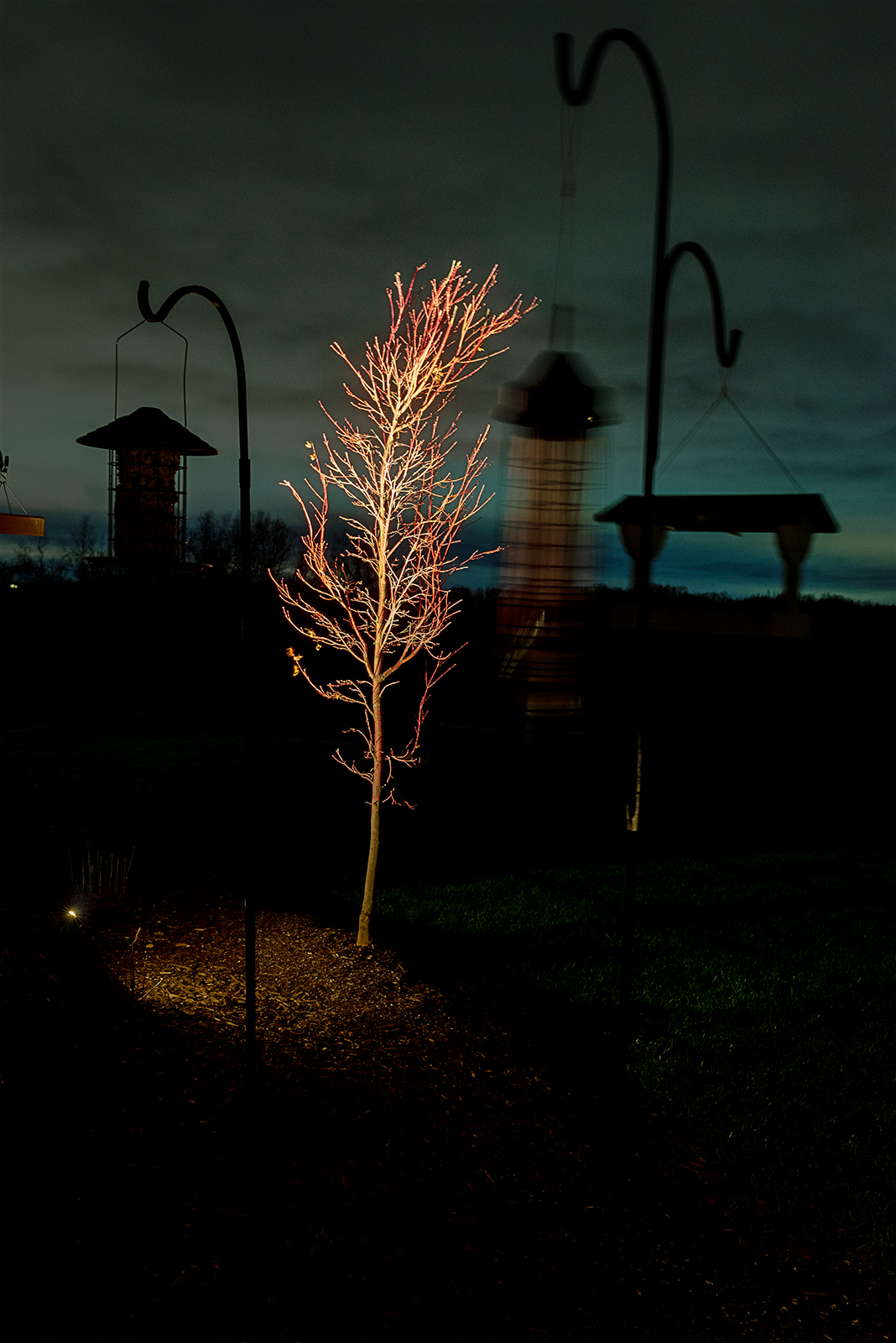
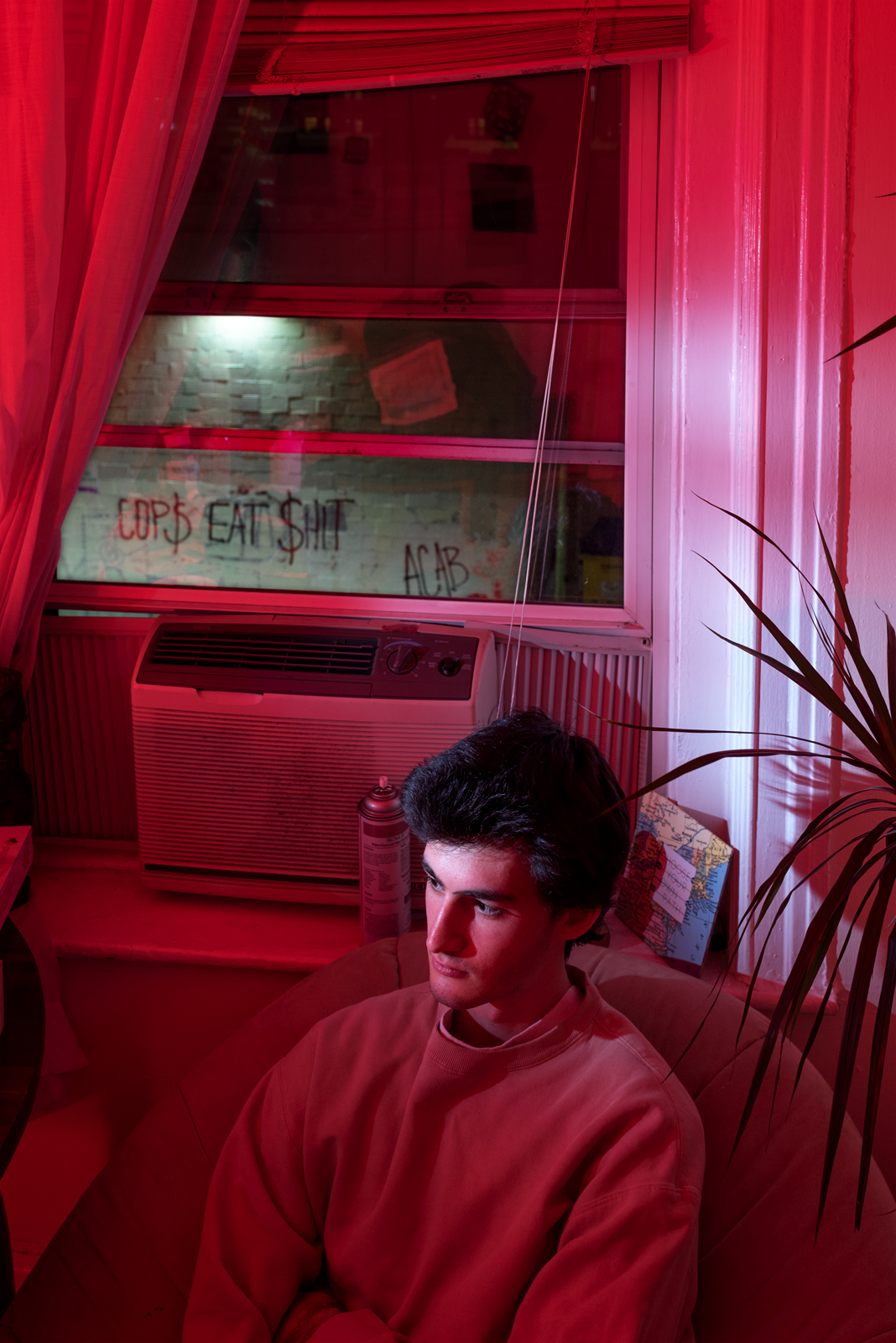
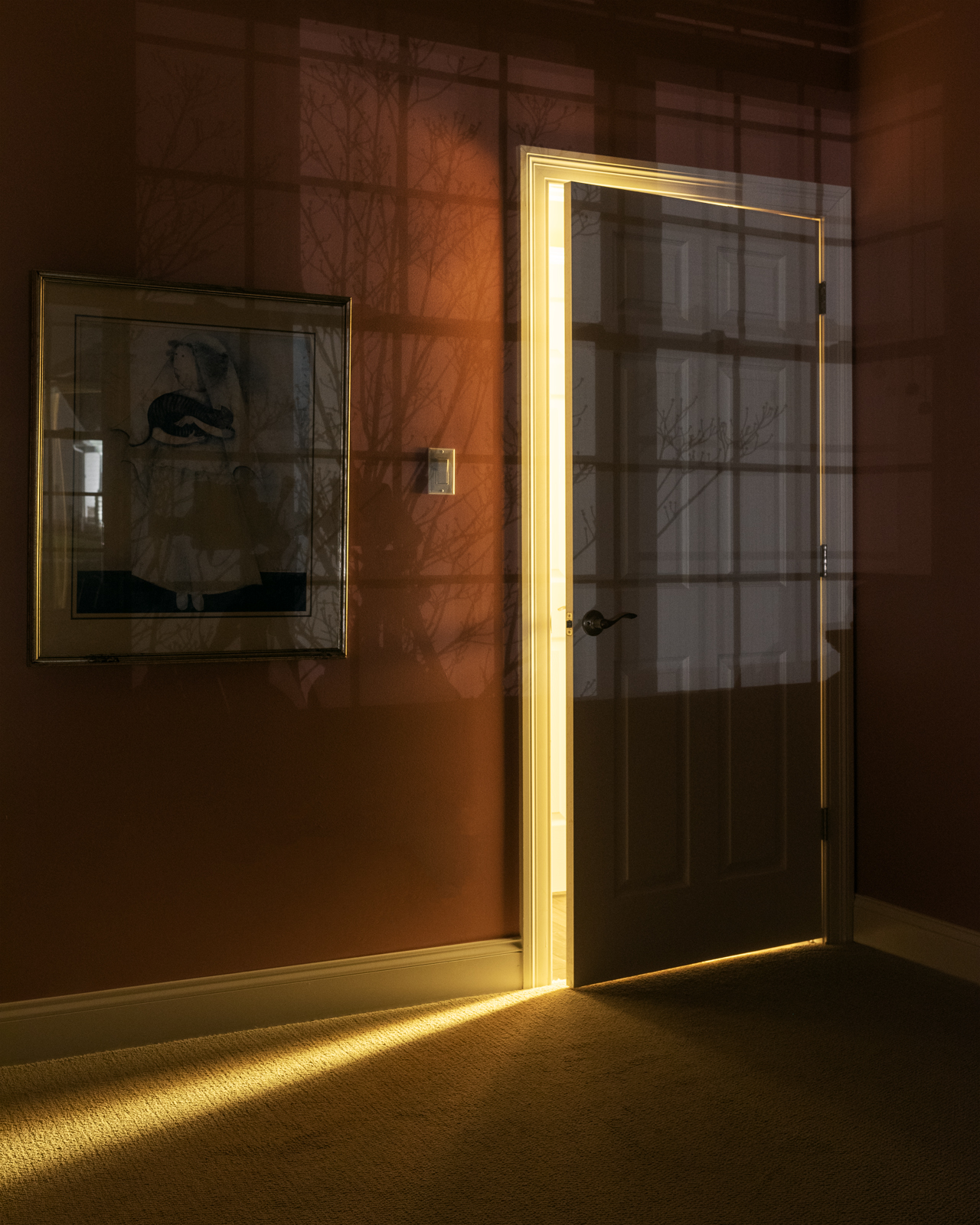
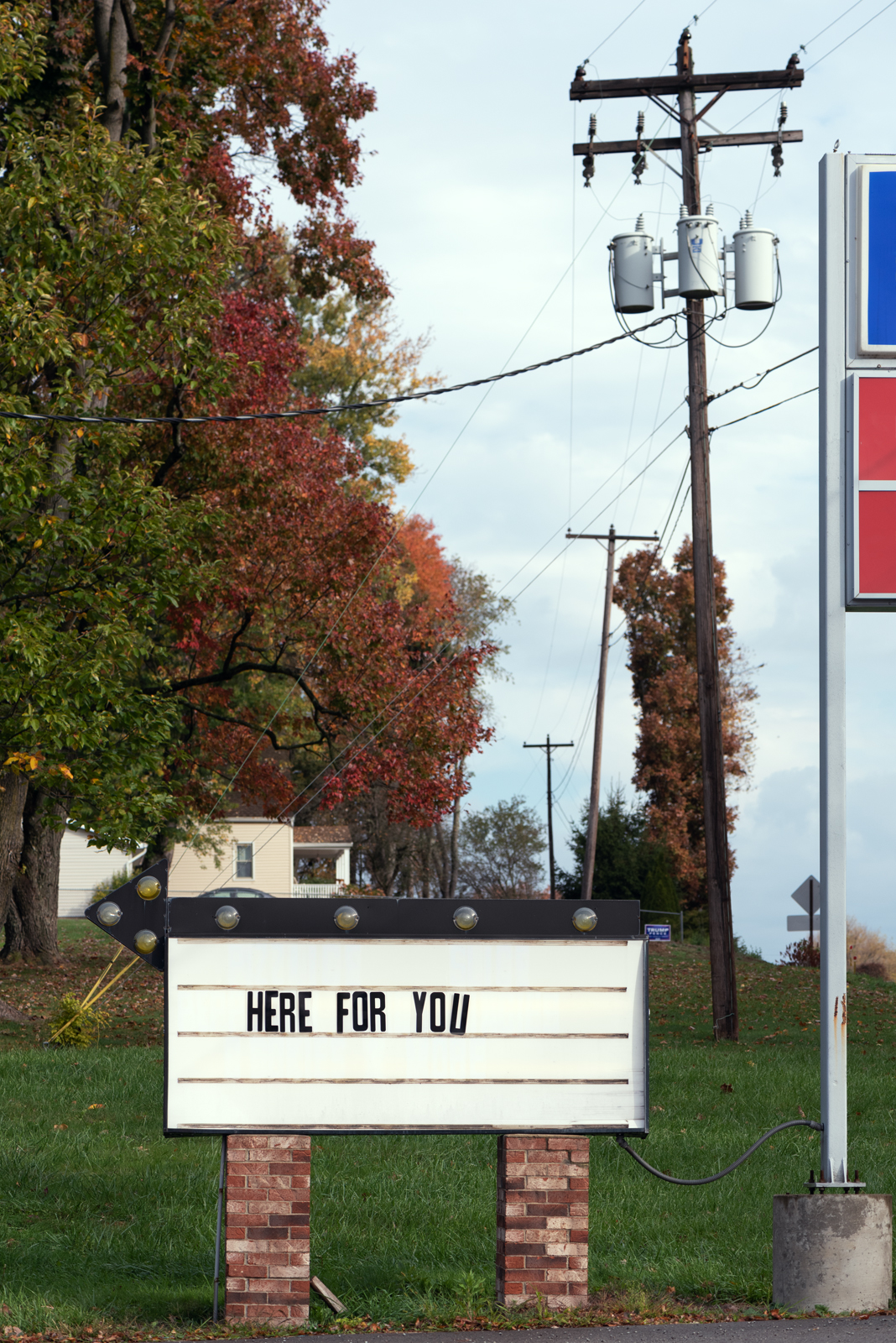


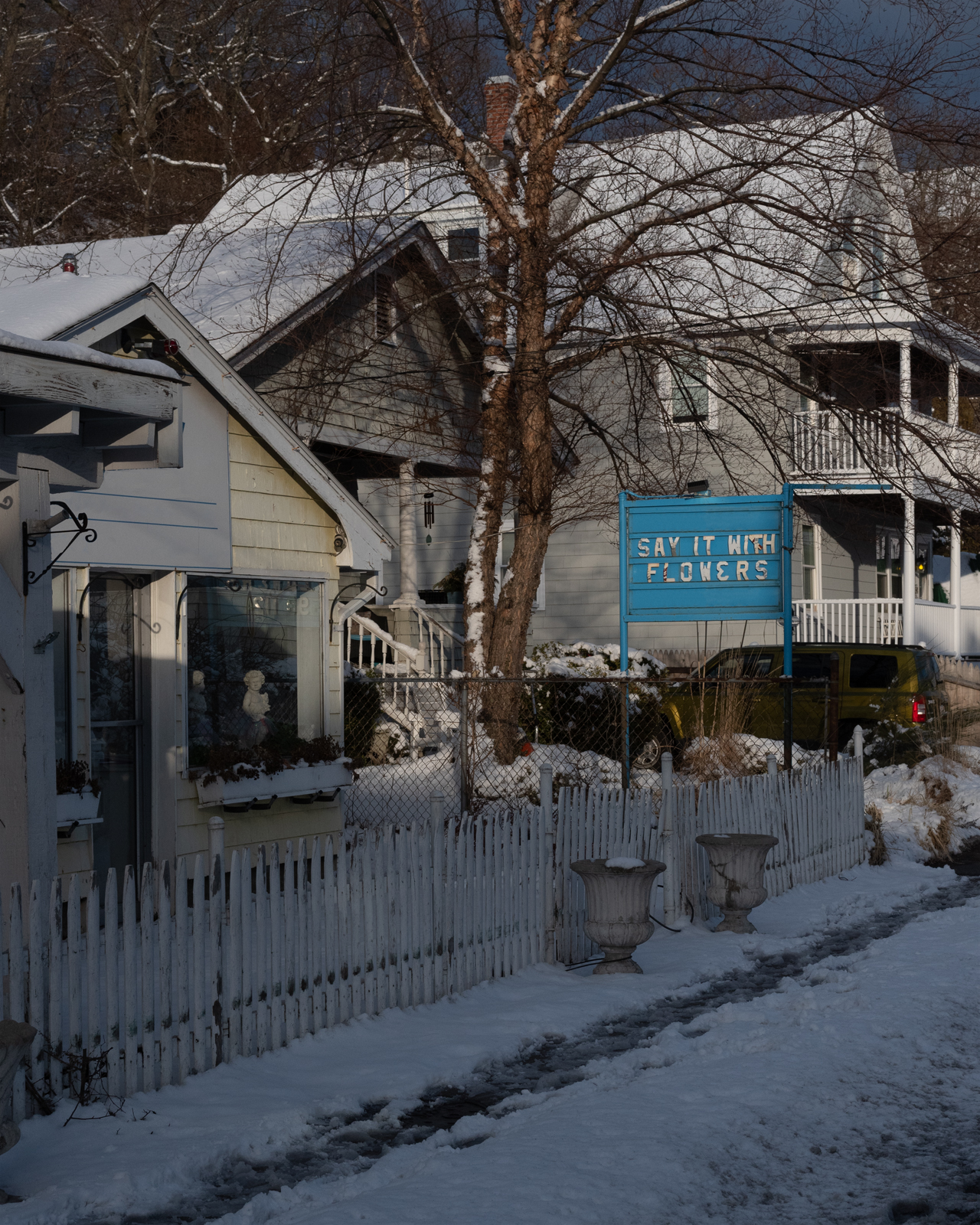
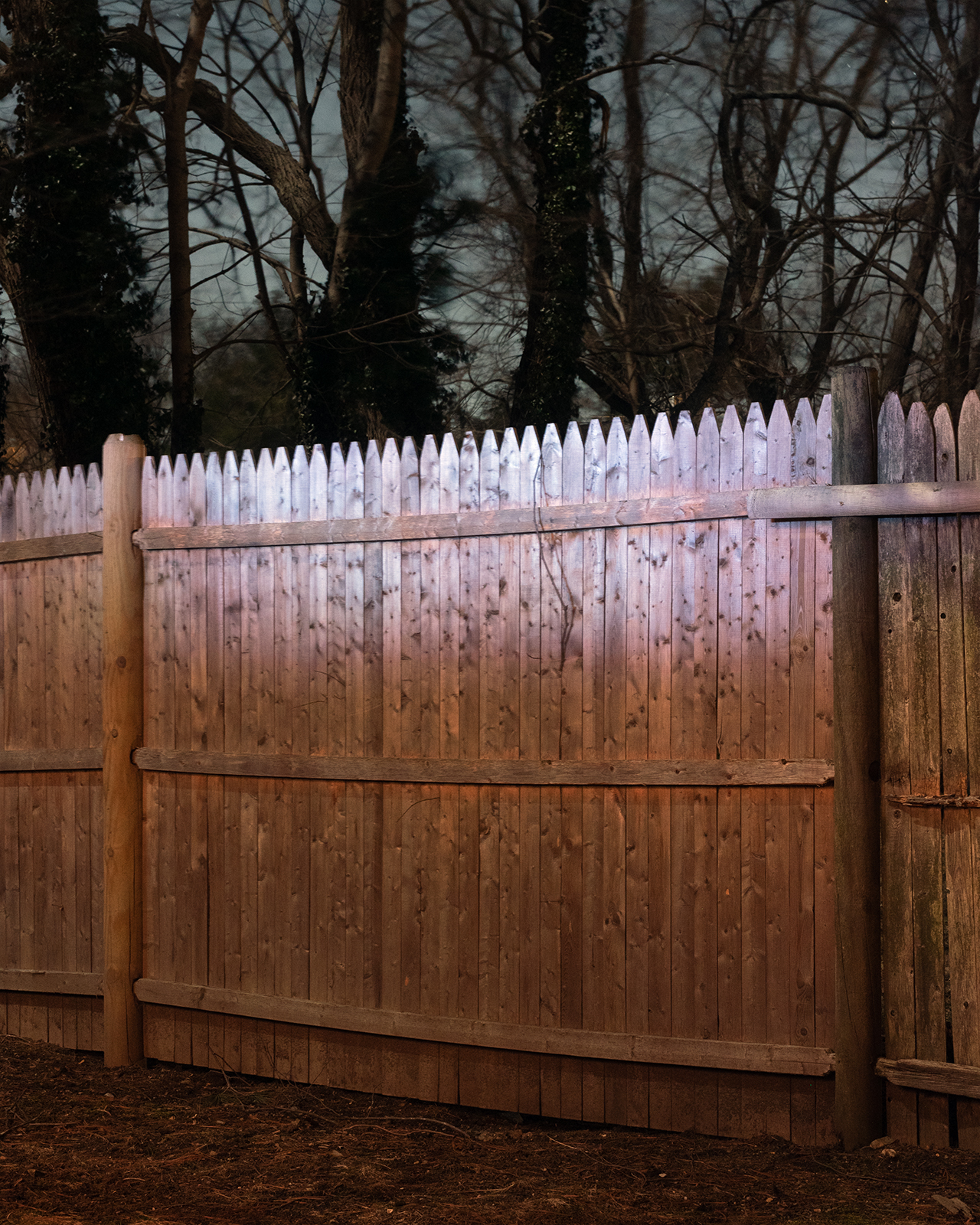

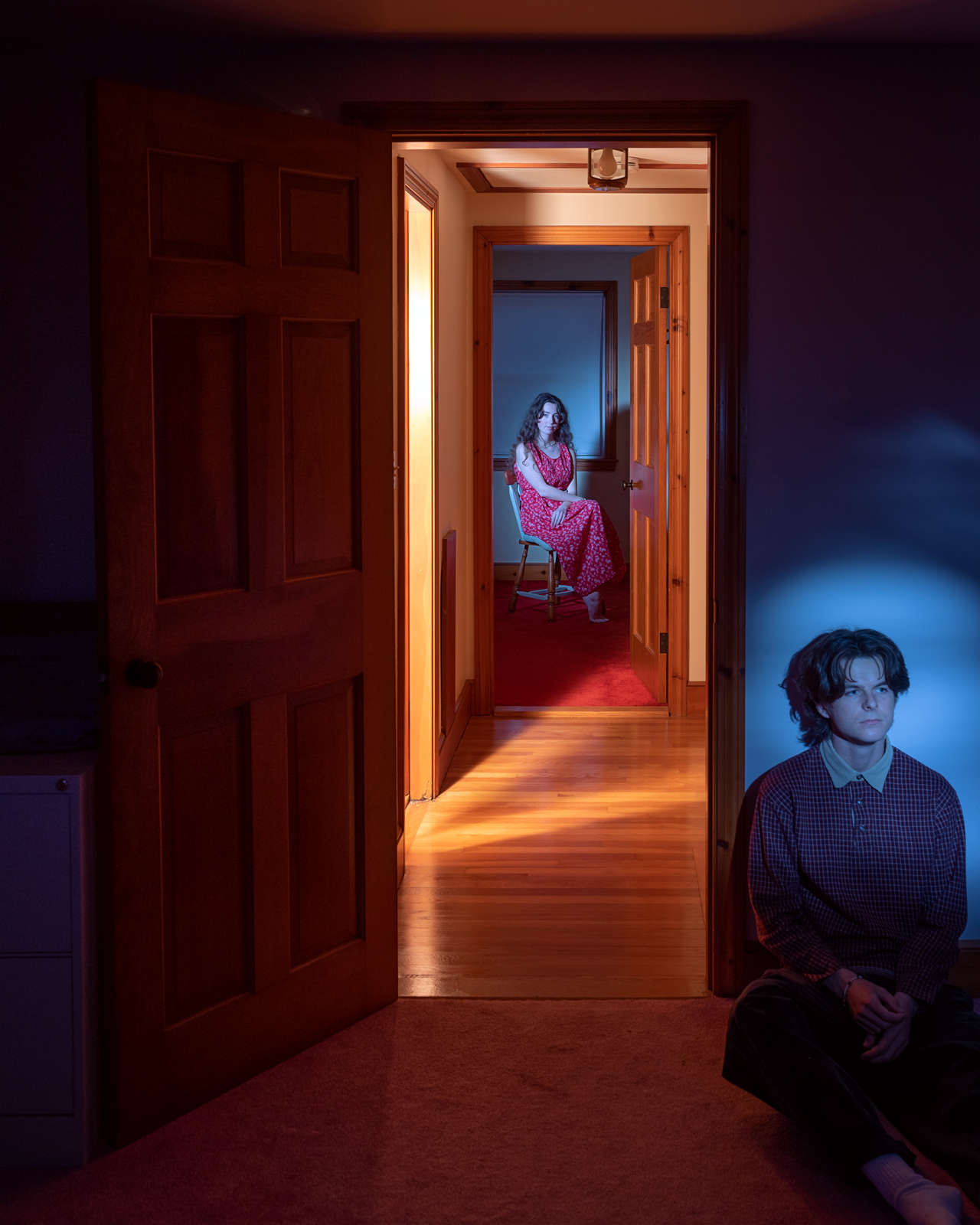

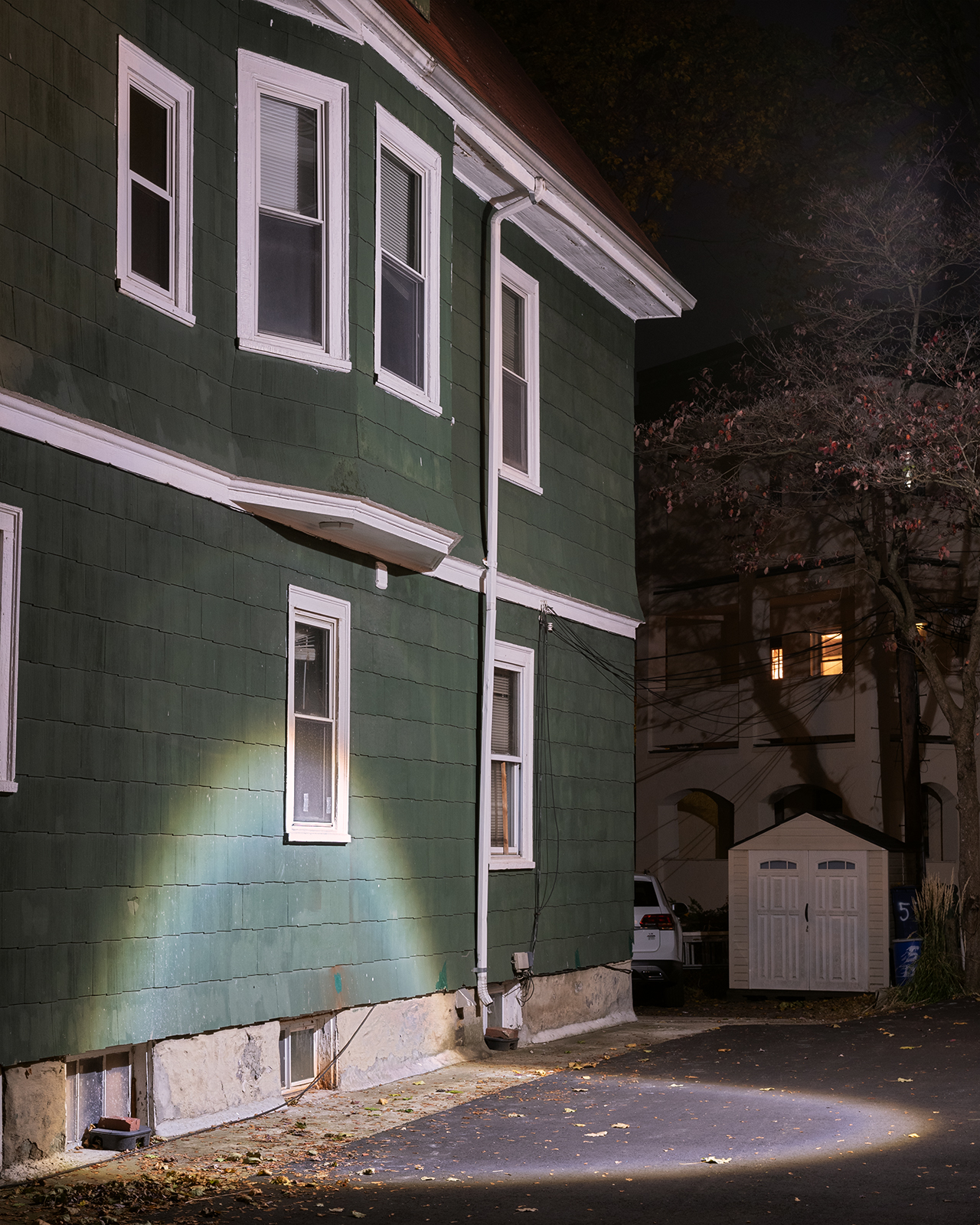
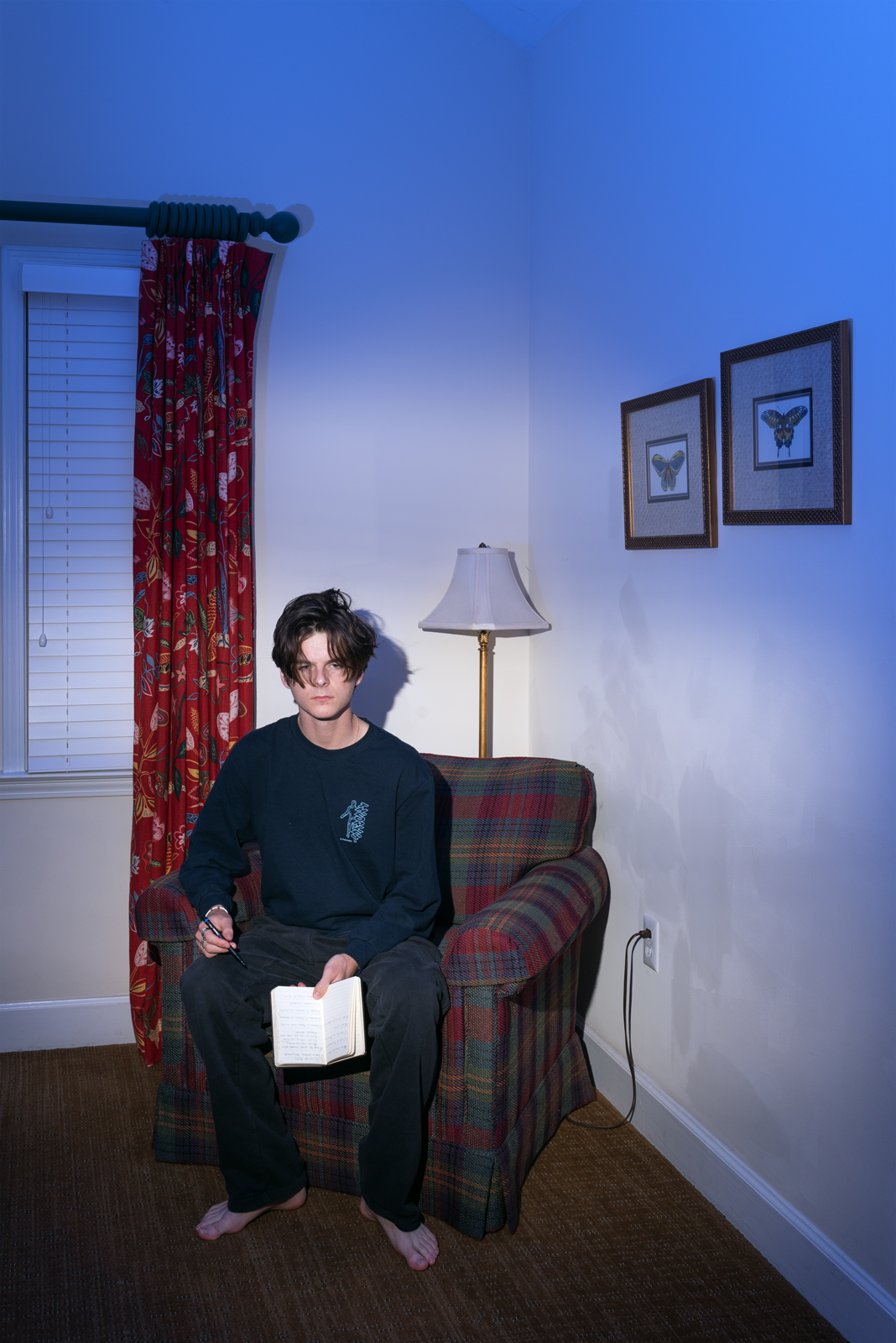
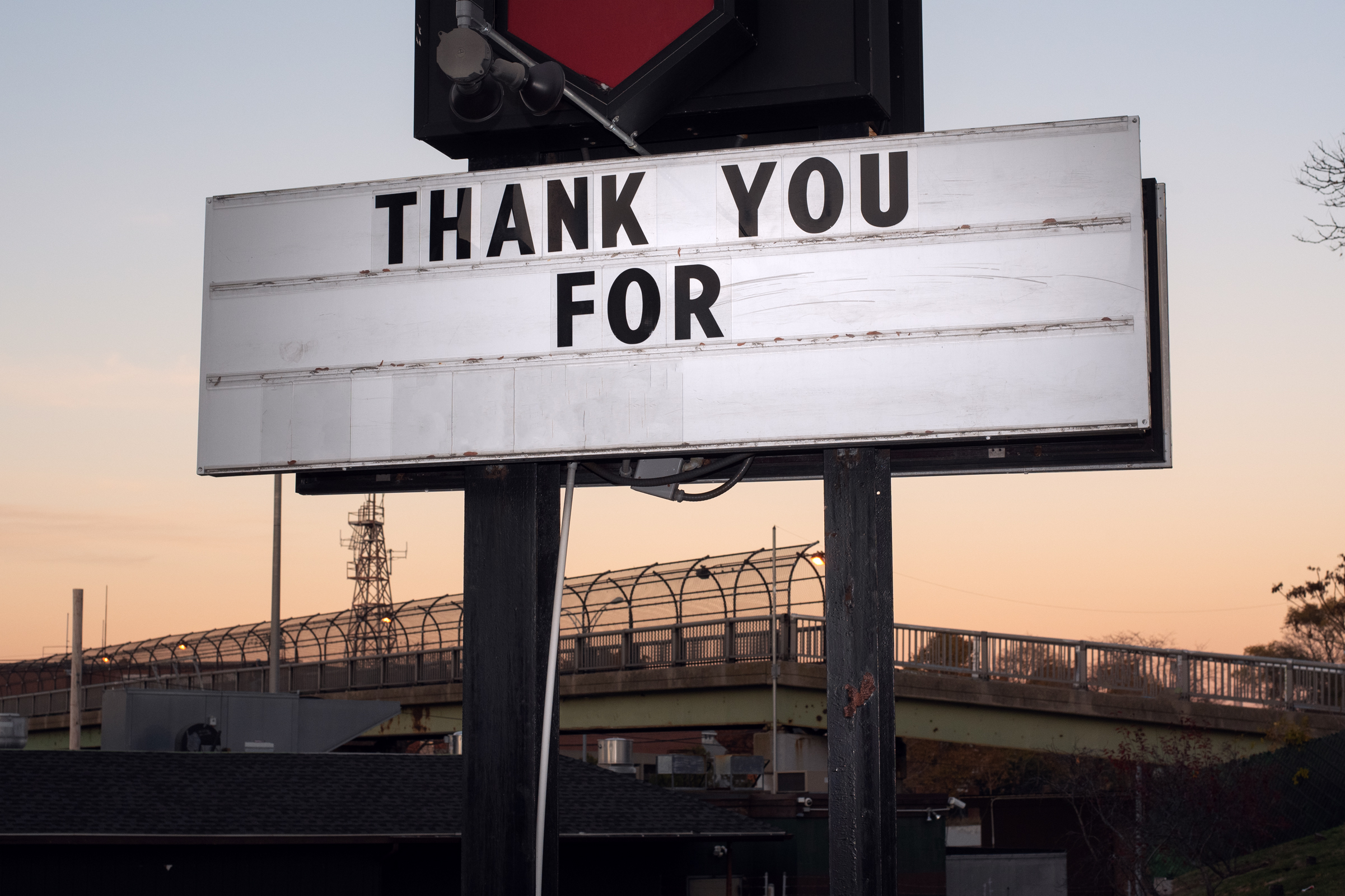




















biography
Born in suburban Connecticut, Connor Noll (he/him, b. 1999) uses photography to explore moments of isolation between subjects and their surroundings. Drawing inspiration from film, memories of youth, and of family; he uses imagery to convey a sense of aloneness and nostalgia throughout his work. His subjects often lie beyond the frame; suggesting their previous presence. Above all, his work is driven by the longing for home. His most recent project, It Doesn’t Look Anything Like the Picture interrogates the fallibility of perception as well as the limits of our ability to understand others. He makes portraits, residential landscapes, and photographs that transform found text into personal messages.
interview
Connor Noll in conversation with Toby Kessler
TK: Your work revolves a lot around the ideas of ‘home’ and ‘connection’, how did your up-bringing and transition away from home shape your photographic work through art school?
CN: I’ve always been a homebody and have been fortunate to have had good relationships with my family and friends growing up. I find a lot of comfort in places that are familiar, so my Connecticut hometown and childhood house were things that I attached the feeling of comfort to. When I moved to Boston I lived away from that home for the first time and it was really difficult for me. I would travel home most weekends. It was a strange lonely feeling being in a new city and barely knowing anyone. After my first year in Boston, my family moved from Connecticut to Pittsburgh. This move plays a huge part in the work that I make now. I felt like I’d lost my homebase completely when my family moved. This was when I realized the importance of the feeling of home to me. The search for the feeling of home is almost always the base of the work I’ve been making since.
TK: What happens when you are behind the lens?
CN: When I’m behind the lens, I’m usually trying my hardest to create the image that I have formed in my head. Most of my images are preconceived, even if they’re scenes that I just stumble upon, I find ways of transforming them into pictures I had already imagined. My shooting process is usually very quick because of this. I know exactly what I want the end product to be and I try to get as close as I can to that.
TK: As well as being a talented photographer, you are also an accomplished skateboarder. Both artists and skateboarders are often painted as ‘outcasts’ from society at large. Do you see this as true? How has being surrounded by a unique, tight knit community impacted how you see and think?
CN: It’s definitely true. However, it’s weird for me because I’m constantly surrounded by skateboarders and artists, so I really don’t feel like an outcast. Being a part of these two communities has been really beneficial for both of these interests. The skateboarding community is full of creatives. Growing up around that definitely helped me develop my artistic interests and views. It’s also a really supportive community. Since I was young, everyone around me has always supported my art.
I also definitely approach skateboarding and photography in similar ways. Ever since I can remember I’ve constantly been on the lookout for “skate spots.” I look at every set of stairs, cellar door, ledge and think about how I could use it. That practice definitely transitioned into the way I look for photographs. I’m constantly looking at everything - color, light, shadows and thinking about it as a photograph. Filming for a skateboard video is also similar to making a body of work. Every clip in a skate video is carefully planned: the trick, the spot, the clothes, etc. When I’m looking at the work in progress I’m thinking “okay what am I missing, what else do I need to make this how I want?” That’s the same when I’m working on a body of photographic work. So while I keep my skateboard work and photography work separate, they’re actually very similar.
TK: Where do you see yourself in two years?
CN: Ideally, I’d like to either make a career in retouching or photo assisting. I’ve found a recent interest in advanced photoshop and I want to continue learning skills and possibly get a job in that field. Or I would like to try to find a way into photo assisting, ideally with a fine art or fashion photographer.
TK: Do you plan to continue your current body of work after school or have hopes of how it could evolve?
CN: I think that it’s time to move on, I feel done with this project. My projects began after transitional periods of my life. Farewell to Suburbia was my first digital series and it was a result of the move away from my Connecticut home. My current project, It Doesn’t Look Anything Like the Picture, was a result of a breakup. Therefore, I’m hoping that graduating and heading into the world is going to inspire a whole new project. I have no idea what it is yet.
TK: What advice would you give to your younger self who is just starting out in art photography? CN: I would let go of my early dislike for digital photography. I used to only photograph with film because I enjoyed the process and also relied slightly on the look of it to make my photographs more interesting. My junior year I was really disappointed to be photographing with a digital camera. Then when COVID hit, using film for my senior thesis became extremely unrealistic so I was forced to make my project digitally. I’ve now realized the potential of lighting and digital manipulation that digital cameras allow. It’s been a whole new interest of mine and it’s really helped me form the style that I’ve been making work in more recently.
However, I still love darkroom printing and making pictures on film. I believe they’re both tools of photography. They don’t define work and I believe that they can coexist in a project.
TK: What’s one thing you would like to communicate about your current body of work that you feel can’t be overlooked?
CN: It’s really important to me that each photograph in this project gets perceived differently based on the viewer. While I make these images with my ideas in mind, I want them to be open to individual interpretation. There isn't a set narrative throughout the entire project, other than the idea that nobody has exactly the same perspective on anything. Experiences play a huge role in a person's interpretation of anything, and nobody has the same exact experiences.
TK: You can be a pretty quiet guy in person. Do you see your work speaking for you and how you feel about specific aspects of your life,, or do you like it to speak to larger topics?
CN: I wouldn’t say that my work speaks for me. I rarely want my work to be about my opinions. I would say that I make work regarding broader topics, mostly feelings. I’m interested in getting emotion out of viewers, rather than opinions. I’m better at creating visuals of the topics that I make work about. I could never use my own words to create the emotions that I aim to.
TK: What’s the most fun part about being you?
CN: I’ve got a lot of mental health and attention issues. These issues make it so that I have to be doing something at all times. While it’s exhausting, I’m rarely bored. I’m always doing something photo or skateboard related. It’s mostly productive, sometimes it’s just for fun. Either way, I do a lot in a day.